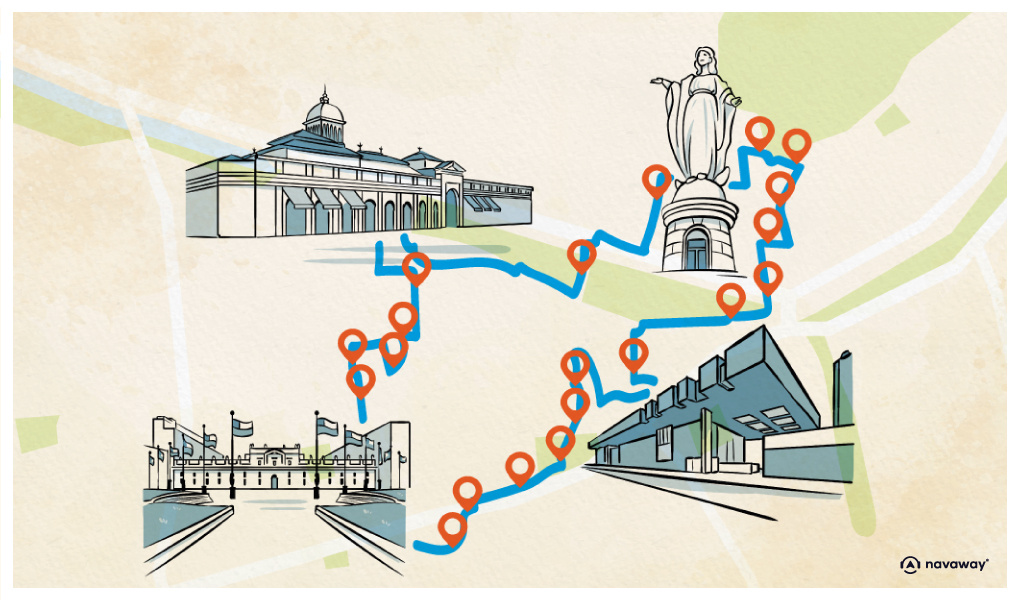
Santiago City Hall and Central Post Office
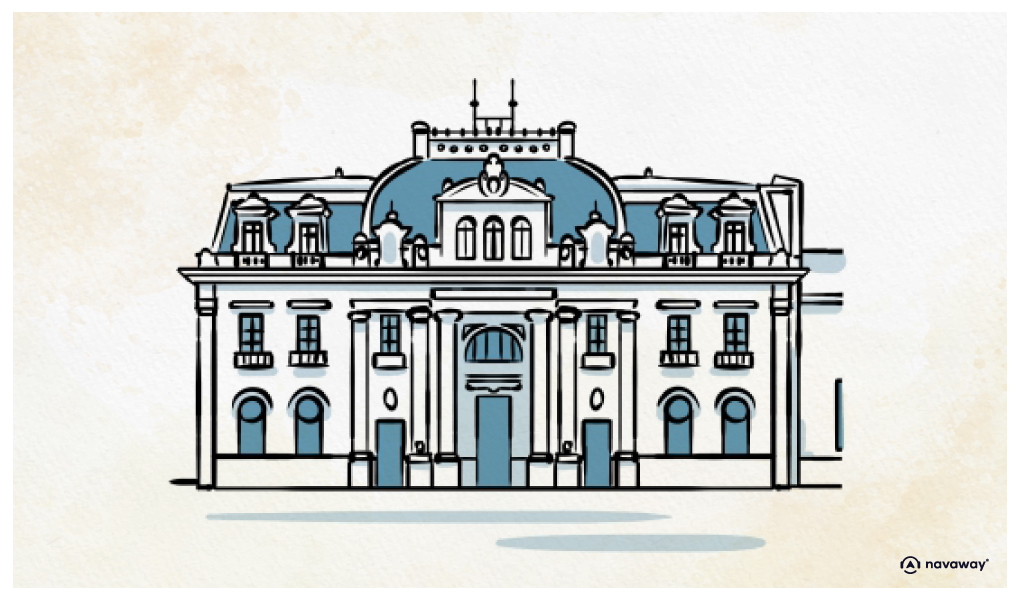
This point of interest is available as audio on the tour: Visit Santiago, Between Ocean and Andes
This northern side of the Plaza de Armas once belonged to Pedro de Valdivia, whose equestrian statue stands behind you. After his death, the land was divided into three sections, and several key institutions were built here. The elegant sand-colored building in front of you is now home to Chile’s National History Museum, but it originally housed the Real Audiencia—the highest colonial court of the Spanish Crown in the Kingdom of Chile. Created in 1609, the Audiencia first sat in a building that was eventually destroyed by an earthquake. The current structure was completed in 1808 and became a major symbol of colonial justice. Before its completion, the region’s legal authority came from Lima, which served as the center of Spanish power in South America. In 1811, after a wave of revolts, the Royal Audiencia of Santiago was dissolved, and this palace briefly served as the seat of Chile’s first National Congress—one of the oldest in Latin America. That didn’t last long. During the Spanish Reconquest, the building became a royal court again. But on February 12, 1818—the same date Santiago was founded three centuries earlier—Governor Bernardo O’Higgins declared Chile’s independence, and the Audiencia was permanently closed. The building later housed the Intendencia, or regional government, before being transformed into the National History Museum, which restored its former grandeur. It’s now listed as a national monument. The white colonial building to the right of the palace is the old Cabildo—the Spanish colonial administration—which now serves as Santiago’s city hall. To the left, the impressive Beaux-Arts structure is the Central Post Office. It once served as the Governor’s Palace and even as the Presidential Palace before the government moved to La Moneda. It was declared a historic monument in 1972, and you can even visit inside the Postal and Telegraph Museum. Here’s a little 16th-century gossip: it’s rumored that Pedro de Valdivia’s original house on this site had secret underground tunnels connecting it to the home of his lover, Inés de Suárez—a bold and fearless conquistadora whose remarkable life has been retold in novels, including Inés of My Soul by Chilean author Isabel Allende.


Discover Santiago with app
An interactive guide through the most beautiful streets, squares, and districts
26 fun audioguides full of historical facts, anecdotes, and legends
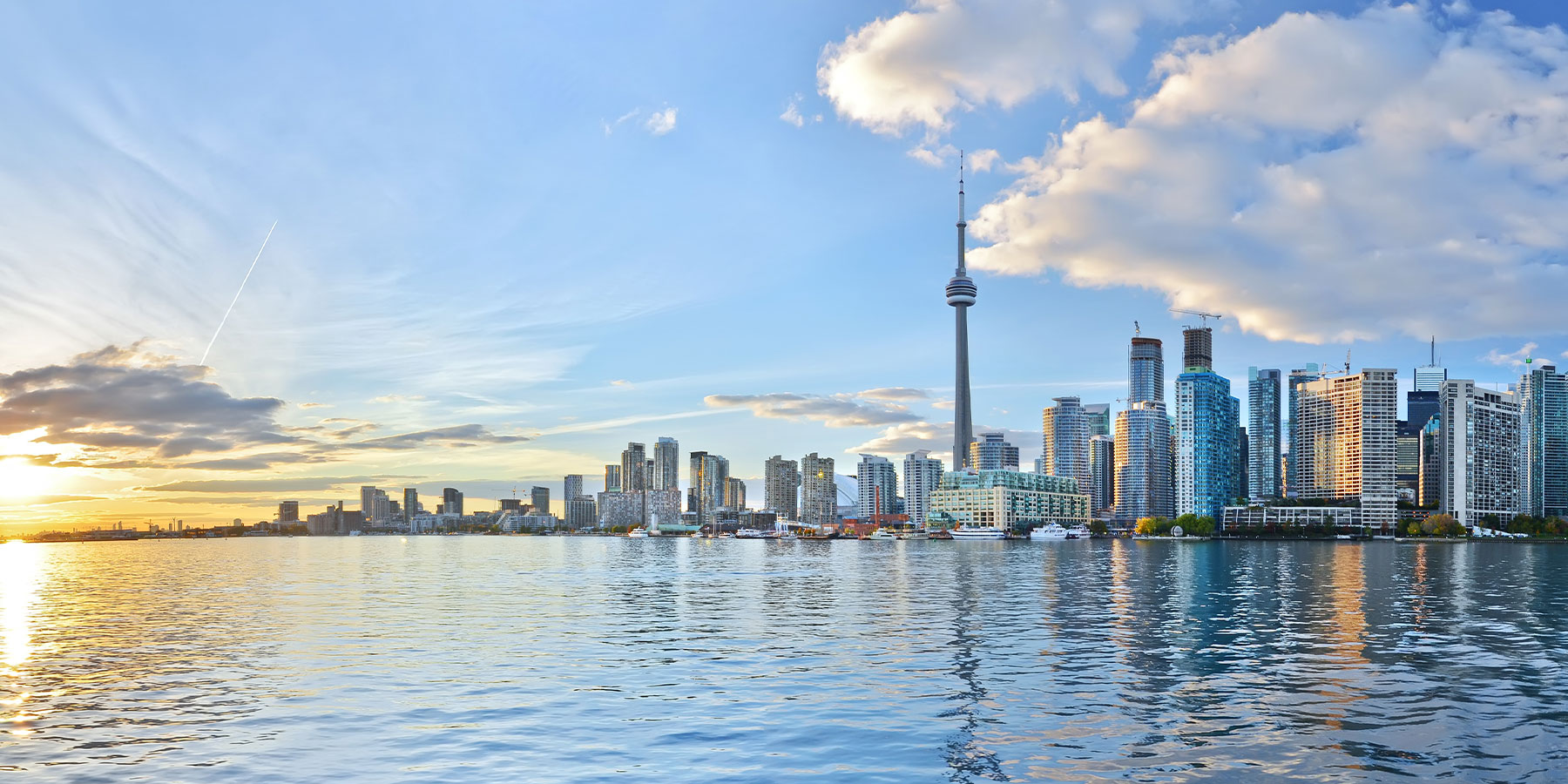

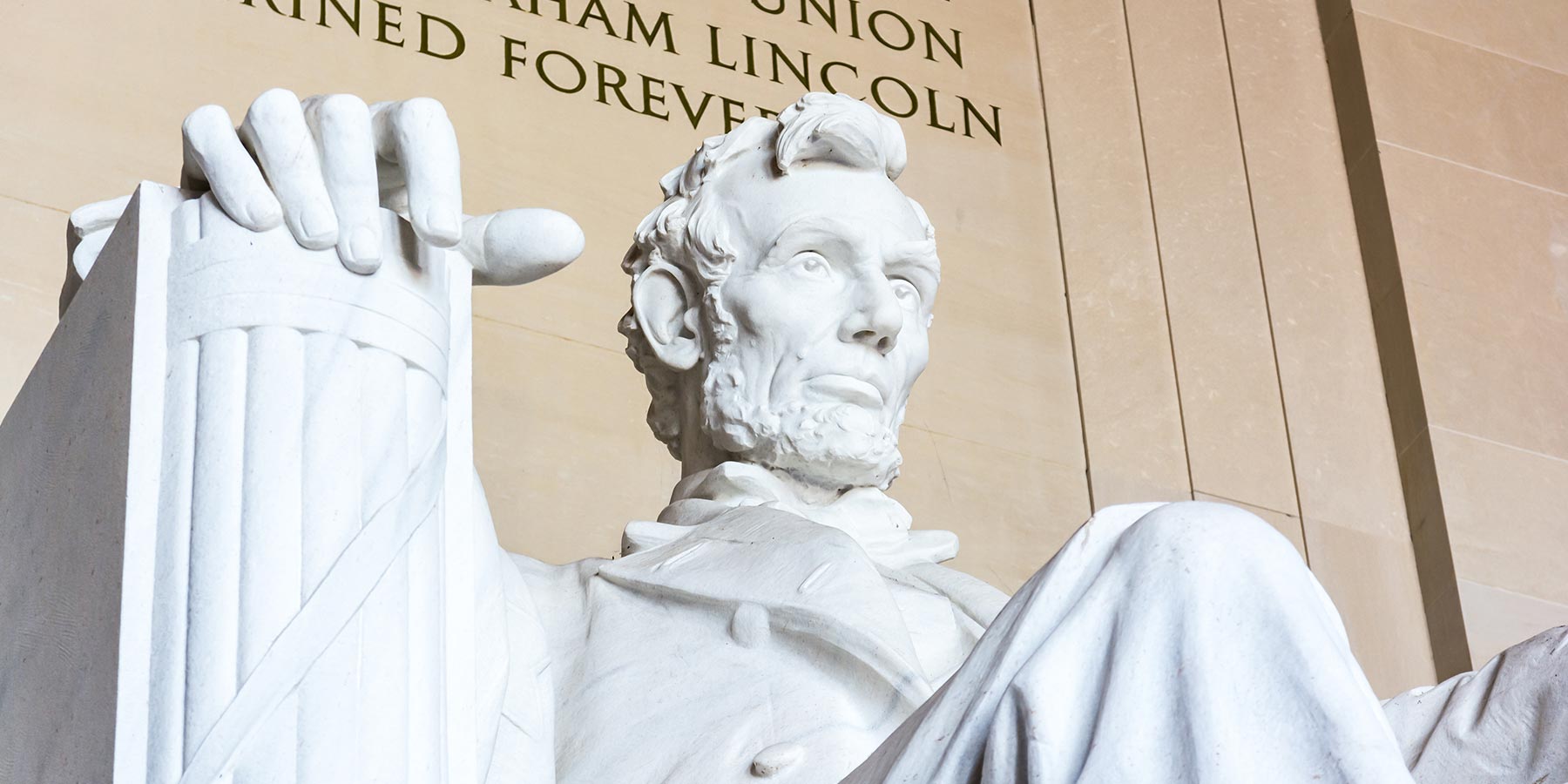
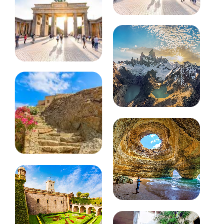

Comments